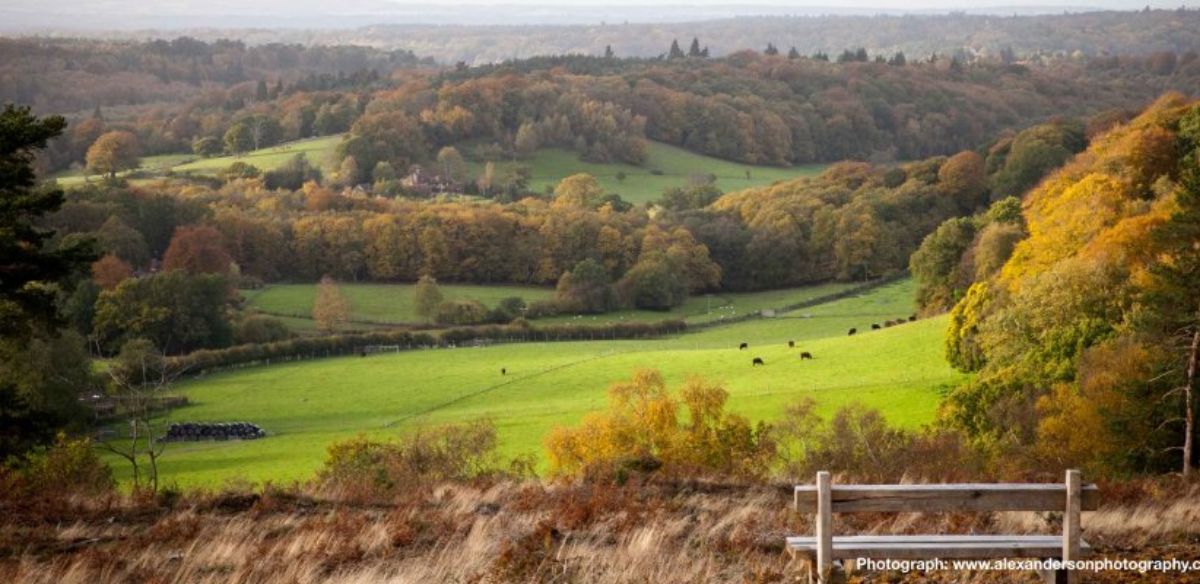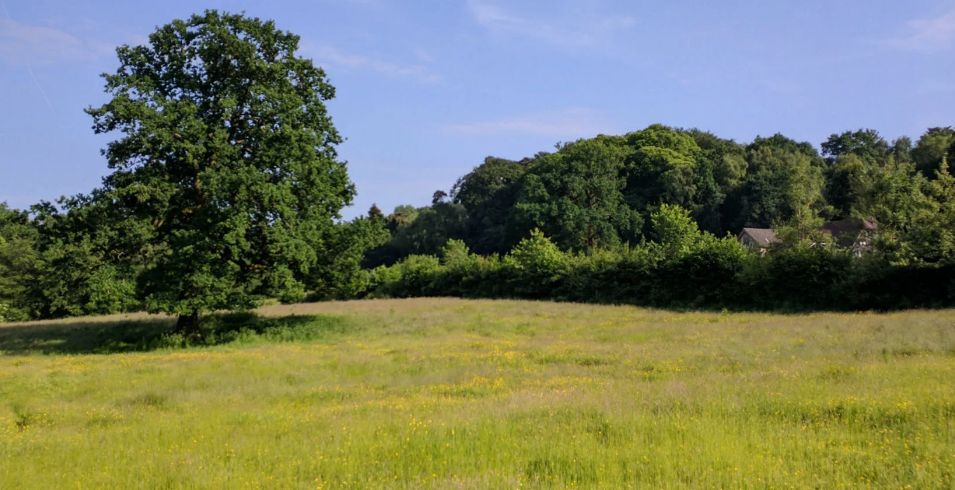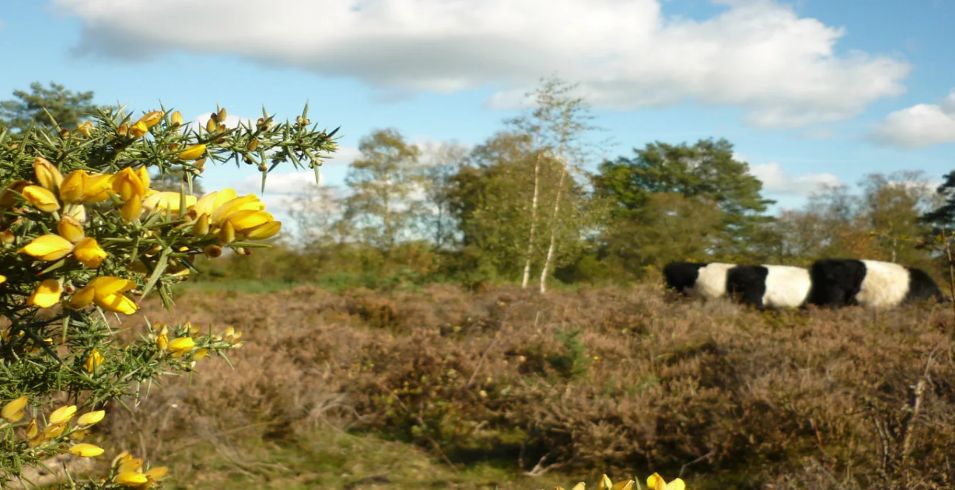Gifted to the National Trust in 1944, at 918 feet, Black Down is the highest point in Sussex and is part of an arc of greensand hills surrounding the Weald of Sussex. At its most southerly point from the Temple of the Winds there are wide views to the North and South Downs, as well as for miles across the Weald. Recent heathland restoration has opened up even more vistas, particularly to the west.
Alfred Lord Tennyson so loved Black Down that he built his summer residence, Aldworth, on its eastern flank, and he died there in 1892.

How to get there
By road:
Leave Haslemere by the Petworth Road, turn right up Haste Hill and go straight across the junction into Tennysons Lane and the car parks are about a mile along the lane on the right.
By rail:
South West Trains operate frequent services to Haslemere. Black Down is a two mile walk from the station, or a short taxi ride.
Where to park
There are three free car parks off Tennysons Lane, and parking spaces off Fernden Lane map ref SU923291, on the western and southern flanks of the hill.
What to look for
Black Down boasts an extensive network of paths and bridleways including sunken droveways which have been used for thousands of years. Its pitted appearance results from the mining of ‘churt’, a hard sandstone, which has been used for centuries to build houses, walls and roads in the area. Unusually for sandy heathland, Black Down has a number of small shallow ponds called dew or bog ponds. It is uncertain how they were formed or why they hold water but they form an important habitat for a variety of plants and animals.
For more information and a site map click here to go to the National Trust site.
Fauna and Flora of particular interest
Black Down is primarily a heathland habitat with heather, gorse and bilberry. But there are sections of woodland, some ancient, with a spectacular beech hanger on the eastern flank. On the western side there are old flower meadows. The newly restored heathland is now home to some endangered species, including nightjars, whose ‘churring’ can be heard at dusk in early summer, and sand lizards. The ponds support many species including the carnivorous sundew plant and emperor and black darter dragonflies.



